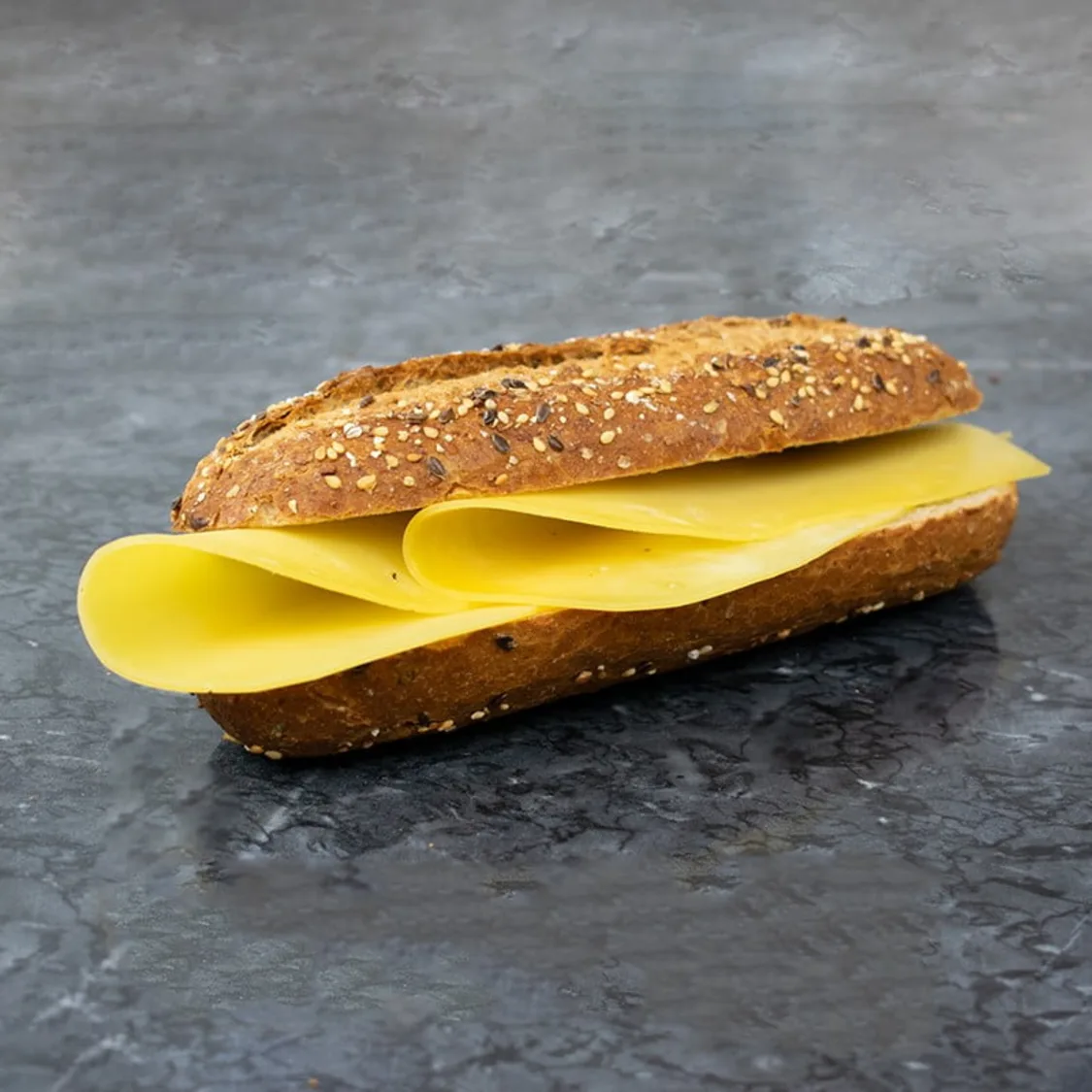
Broodje Kaas
Classic Dutch cheese sandwich with Gouda or Edam cheese.
Ingredients
- •Dutch bread
- •Gouda cheese
- •Butter
- •Mustard
Instructions
Prepare
Butter bread slices
Assemble
Add cheese and mustard
Grill
Toast until cheese melts
Broodje Kaas, literally meaning "cheese sandwich" in Dutch, is a quintessential Dutch lunch staple that perfectly represents the Netherlands' deep love affair with cheese. This seemingly simple sandwich typically features generous slices of young Gouda or Edam cheese nestled between fresh bread slices, often enhanced with butter and a touch of mustard.
While its exact origins are difficult to pinpoint, the Broodje Kaas has been a fundamental part of Dutch eating culture for centuries, emerging naturally from the Netherlands' renowned dairy industry and cheese-making tradition. The Dutch have been producing cheese since the Middle Ages, and this sandwich became a practical way to enjoy their prized dairy product.
Making a proper Broodje Kaas is an art in its simplicity. It starts with quality Dutch bread, preferably a fresh white or brown loaf. The bread is generously buttered, which not only adds flavor but also creates a barrier preventing the bread from becoming soggy. Thick slices of room-temperature Dutch cheese (traditionally Gouda or Edam) are then added, and many Dutch people include a layer of mustard for extra tang. While some enjoy it as is, others prefer it slightly grilled until the cheese begins to melt.
Modern variations of Broodje Kaas might include additional ingredients like tomatoes, cucumber slices, or lettuce. Some people prefer aged cheese for a stronger flavor, while others might opt for specialty Dutch cheeses like Maasdam or Beemster. There's also a popular variation called "tosti," which is a grilled version of Broodje Kaas, sometimes including ham.
In the Netherlands, this sandwich is a common sight at lunch tables in homes, schools, and workplaces. It's also a popular option at Dutch cafes and sandwich shops, where it's often served with a small side salad or soup. The Dutch typically enjoy their Broodje Kaas with a glass of milk or buttermilk, maintaining their strong dairy traditions.
From a nutritional perspective, Broodje Kaas provides a good balance of proteins and carbohydrates, making it a satisfying lunch option. A typical sandwich contains approximately 300-400 calories, depending on the type and amount of cheese used. The cheese provides calcium and protein, while the bread offers energy-giving carbohydrates. However, those watching their saturated fat intake should be mindful of portion sizes, as Dutch cheeses can be quite rich. For those with lactose intolerance, aged Dutch cheeses are naturally lower in lactose and might be better tolerated than young cheeses.
